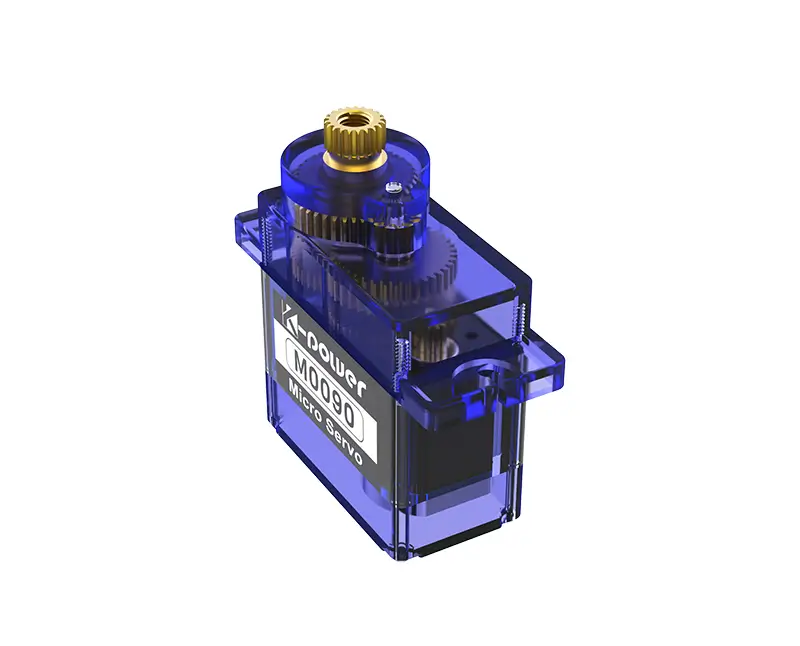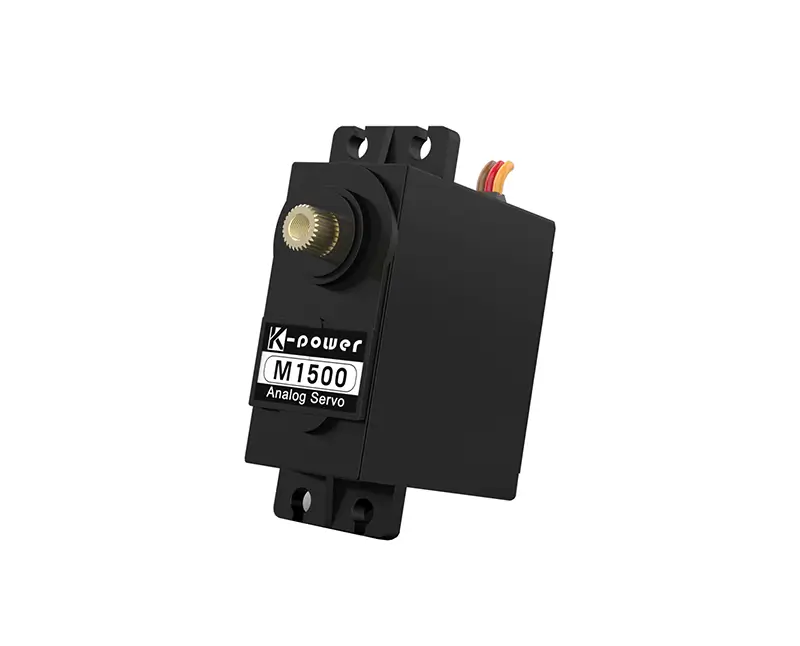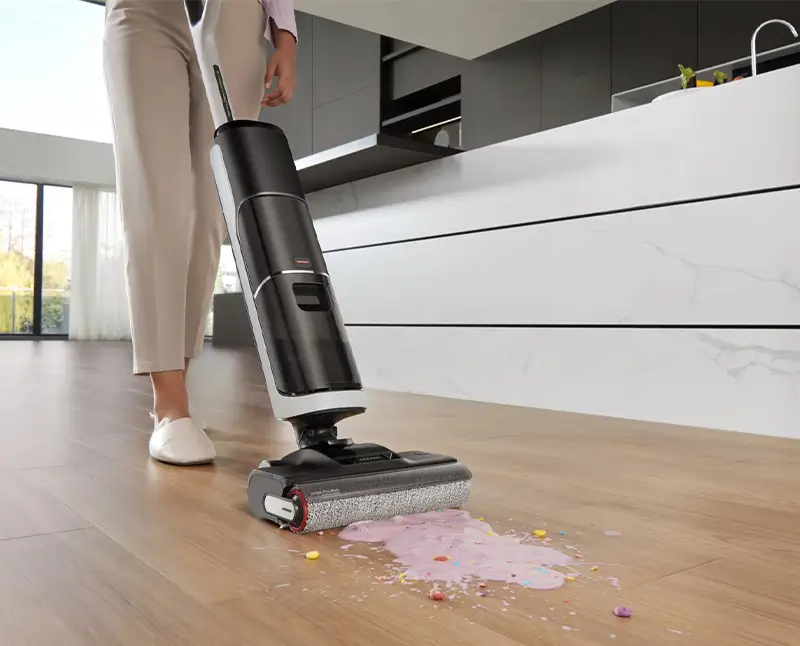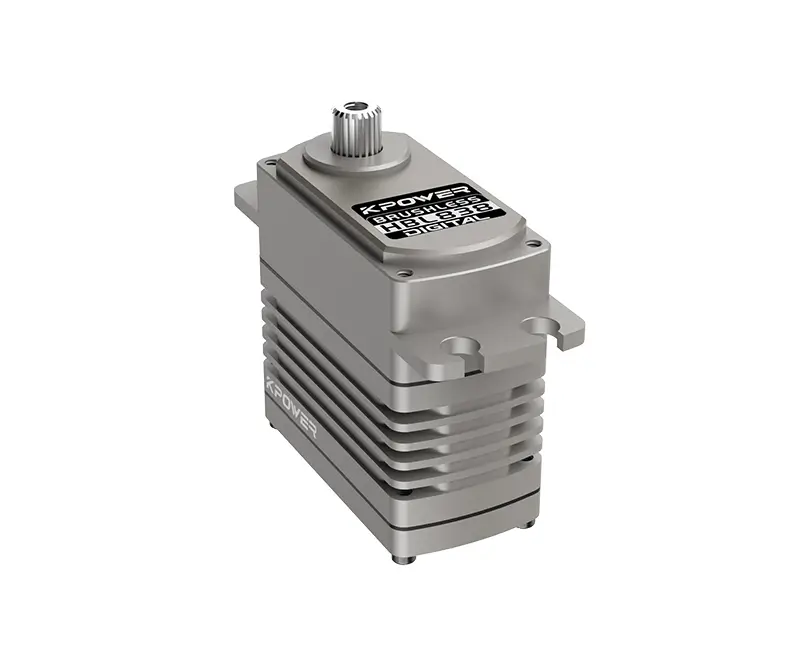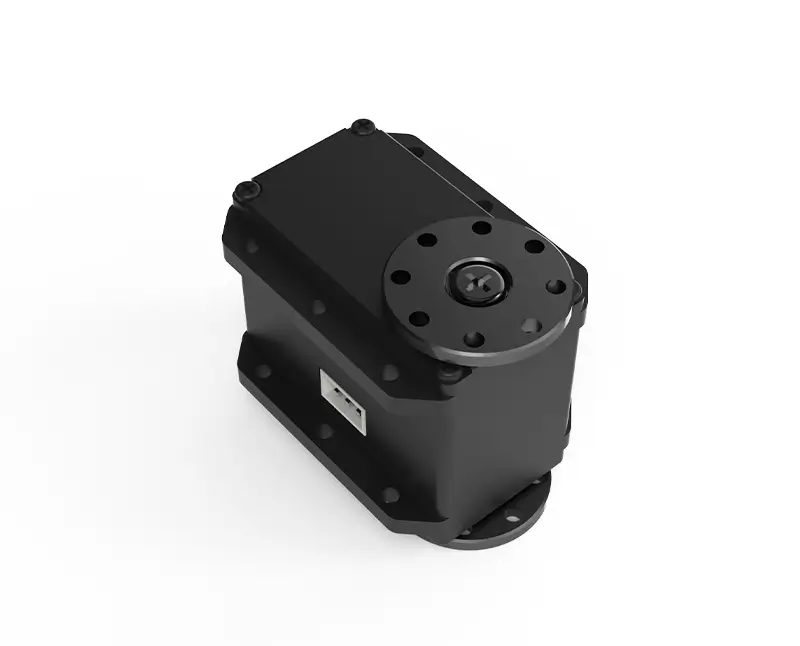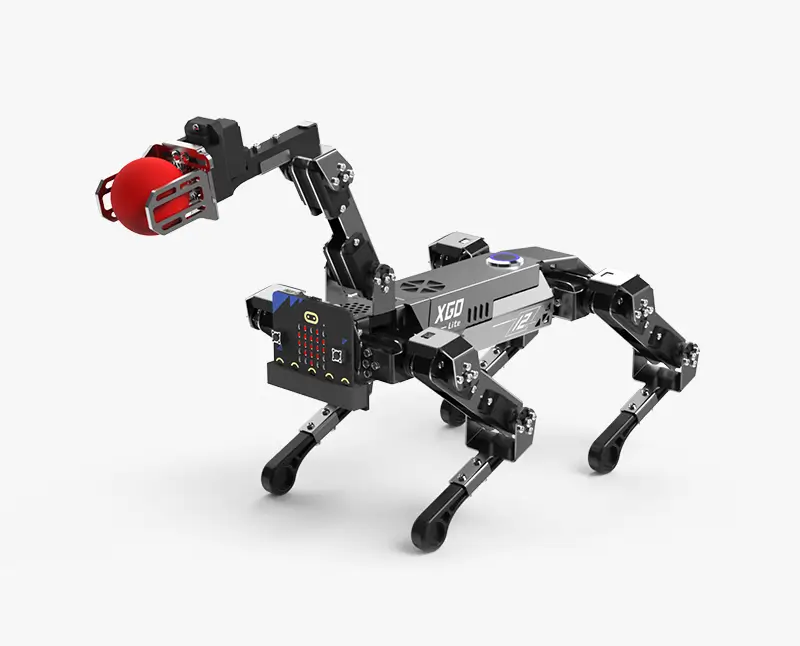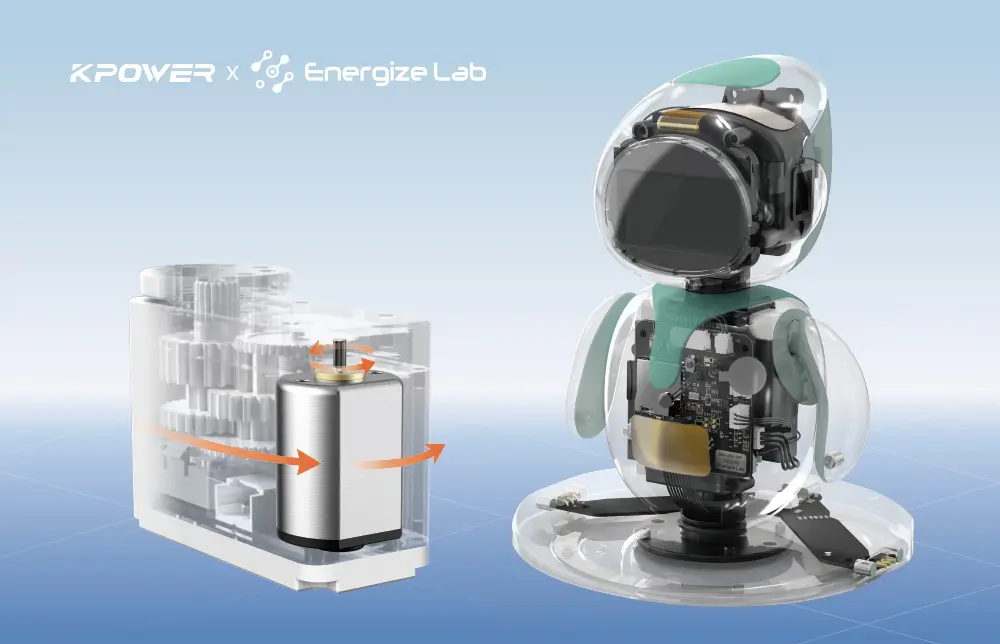Why Is Your Servo Motor Acting Up? Let’s Talk Solutions
You’re halfway through a critical project, and suddenly—whirr, clunk—your servo motor stops cooperating. No warning lights, no dramatic smoke, just… silence. Frustrating, right? Let’s skip the jargon and dive into what actually goes wrong with these precision workhorses—and how to fix it without losing your sanity.
.webp)
“Is It Dead?” (Probably Not)
Servo motors are stubborn, not suicidal. Most issues boil down to three culprits: power, heat, or communication glitches. Think of it like a bad Wi-Fi connection—annoying but fixable.
Q: “Why does it jerk or vibrate?”
A: Imagine trying to run a marathon in flip-flops. If your motor’s encoder feedback isn’t syncing with the controller, it’s basically guessing where to move next. Check wiring for loose connections or interference. Dusty encoder disks? A quick clean might save the day.
Q: “It worked yesterday. What changed?”
A: Environmental gremlins. Humidity, temperature swings, or even a rogue coffee spill near the control panel can mess with performance. One client swore their motor hated Mondays—turned out, weekend HVAC shutdowns caused condensation buildup.
Sometimes, the solution isn’t in the toolbox.
- Listen to the noise. A high-pitched whine could mean overloaded bearings. A rhythmic thud? Misalignment. Your ears are better diagnostic tools than you think.
- Reset like it’s 1999. Unplugging for 10 minutes clears temporary memory errors. Simple? Yes. Effective? Surprisingly.
- Update… but carefully. Firmware patches can resolve bugs, but always back up settings first. One rushed update left a factory’s motors doing the cha-cha until KPOWER’s team restored the original code.
When “Good Enough” Isn’t Enough
Generic parts might save pennies today but cost thousands tomorrow. A customer once replaced a damaged rotor with an off-brand version—only to face erratic torque spikes. Swapping in a KPOWER-certified rotor stabilized performance instantly. Precision isn’t optional; it’s everything.
The KPOWER Difference: No Magic, Just Mastery
We don’t sell motors. We sell reliability. How?
- Stress-testing under real-world chaos. Our lab simulates everything from desert heatwaves to warehouse vibrations. If it survives here, it’ll thrive in your setup.
- No-lecture support. Explain the problem in plain language, and our team deciphers the tech speak for you. One user described their motor as “sounding angry.” We diagnosed a frayed cable in 12 minutes.
- Preventive insights. Over 60% of failures stem from preventable issues. We’ll help you spot trends—like seasonal dust buildup or voltage drops during peak hours—before they escalate.
Final Thought: Motors Don’t Fail—Systems Do
A servo motor is only as strong as its weakest link: power supply, software, or even how often it’s cleaned. KPOWER’s approach? Treat the whole ecosystem, not just the part. Because when your equipment hums smoothly, you forget it’s even there—and that’s the quiet victory we engineer for.
Need a partner who speaks “motor” fluently? Let’s turn your frustration into a footnote.


































.webp)
